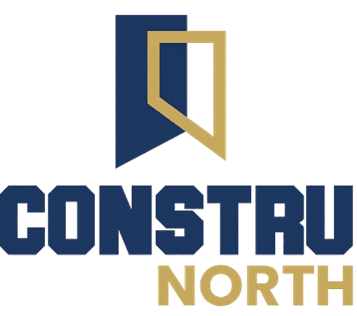Green Construction: Building a Sustainable Future
Green construction, also known as sustainable construction or eco-friendly construction, is a growing trend in the building industry. With concerns about climate change and the depletion of natural resources, there is a growing demand for buildings that are designed and constructed with a focus on minimizing their environmental impact.
One of the key principles of green construction is energy efficiency. Buildings account for a significant portion of global energy consumption, so reducing energy usage is crucial for creating a sustainable future. This can be achieved through the use of energy-efficient materials, such as insulation with high R-values and windows with low U-values.
Another important aspect of green construction is water conservation. Buildings consume a significant amount of water, so implementing water-saving measures is essential. This can include the use of low-flow fixtures, rainwater harvesting systems, and graywater recycling.
Green construction also focuses on indoor air quality. Poor indoor air quality can have a negative impact on occupant health and productivity. Green buildings incorporate ventilation systems that provide a constant supply of fresh air and use materials that emit fewer volatile organic compounds (VOCs).
One of the challenges of green construction is the higher upfront cost. However, it is important to consider the long-term benefits. Green buildings have lower operating costs due to reduced energy and water consumption. They also have higher resale value and are more attractive to tenants and buyers who prioritize sustainability.
In conclusion, green construction is not just a passing trend but a necessary step towards building a sustainable future. By prioritizing energy efficiency, renewable energy, water conservation, sustainable materials, indoor air quality, and incorporating green features, we can create buildings that are not only environmentally friendly but also healthier and more cost-effective in the long run.




